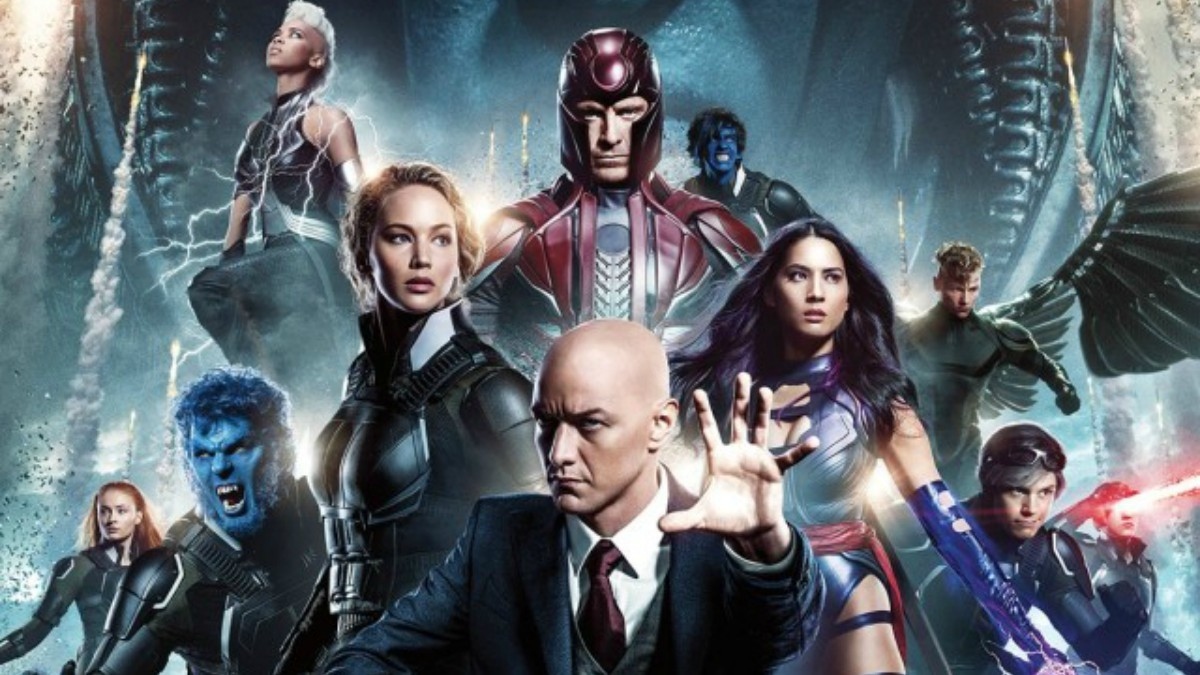Messy timelines and continuity are all the rage in superhero movies these days. Doctor Strange in the Multiverse of Madness (2022) and The Flash (2023) have shown what can happen when different variants of characters are thrown in without considering how they impact the films that came before.
That being said, the MCU and the DCEU are newcomers to the messy timeline phenomenon. They’ve only been tinkering for a couple of years. The X-Men franchise is the OG when it comes to films that abandon logic and require the fans to just accept what they watch without asking questions. The X-Men timeline is going to get even messier with the release of Deadpool 3, so we thought it’d be a good time to provide (or at least, attempt) a rundown of how it kind of, sort of fits together.
X-Men to X-Men Origins: Wolverine
The first three films, known as the X-Men trilogy, have a solid continuity. X-Men (2000) and X2: X-Men United (2003) have no major gaps or retcons, and while X-Men: The Last Stand (2006) is nobody’s favorite, it concludes the trilogy without trampling on the events that came before it. It’s when X-Men tried to go the spin-off route with X-Men Origins: Wolverine (2009) that things got messy. The film was so poorly received that it was deemed necessary to reboot the entire franchise with X-Men: First Class (2011).
X-Men: First Class to X-Men: Dark Phoenix
The aforementioned reboot, put bluntly, worked. X-Men: First Class is one of the best films in the entire franchise, and it’s because director Matthew Vaughn wasn’t beholden to the continuity of what came before. X-Men: First Class was followed by X-Men: Days of Future Past (2014), which introduced time travel as a means of rewriting the original timeline and allowing director Bryan Singer to create a new timeline based around younger versions of the characters.
These two films, coupled with X-Men: Apocalypse (2016) and X-Men: Dark Phoenix (2019), are supposed to take place in the new timeline. It’s a little confusing, since the time period these films cover (1960s-90s) line up neatly with the original X-Men, but they are technically different. Don’t worry, it only gets more confusing from here.
How does Deadpool fit in?
Deadpool (2016) and Deadpool 2 (2018) are set in their own timeline, despite having cameos by characters from the other films. While this may seem an unnecessary distinction, it’s the only way to make sense of the fact that the First Class lineup of the X-Men is still together (and looking suspiciously young) in the modern day.
The Wolverine and Logan
Did we mention that The Wolverine (2013) and Logan (2017) take place in a timeline that was created by the time traveling in Days of Future Past? One in which there are comic books about the X-Men and their various adventures? It’s a distinction that was probably lost on most viewers, but it was something that writer/director James Mangold was adamant about.
“We are in the future, we have passed the point of the epilogue of Days of Future Past,” Mangold told Collider. “We’re finding all these characters in circumstances that are a little more real.” The distinction proved doubly important when it was announced that Hugh Jackman would be returning as Wolverine in Deadpool 3.
“It’s all because of this device they have in the Marvel world of moving around timelines,” the actor explained to Variety. “Now we can go back because, you know, it’s science. So, I don’t have to screw with the Logan timeline, which was important to me. And I think probably to the fans too.”
Let’s recap, shall we? There’s the X-Men trilogy timeline, the First Class timeline, the Deadpool timeline, and the Days of Future Past/Logan timeline. Don’t try too hard to make sense of it. Just hope that Deadpool 3 is a fun time.
